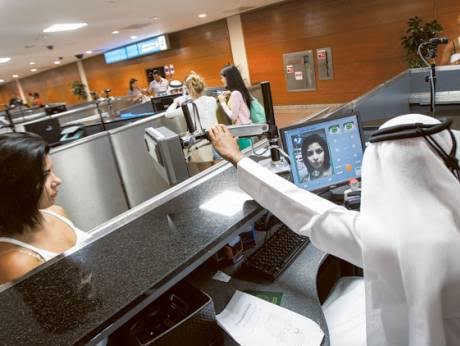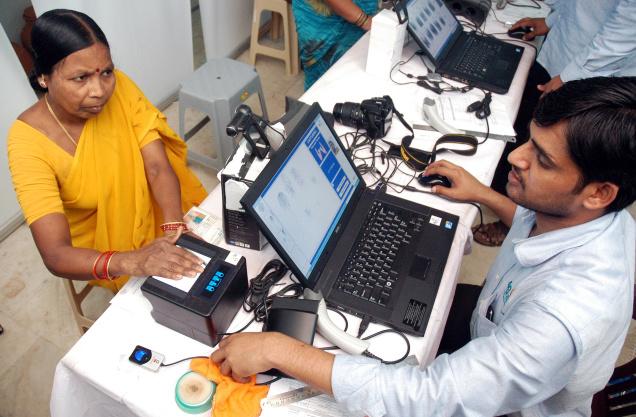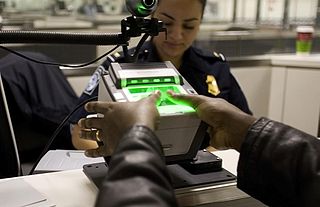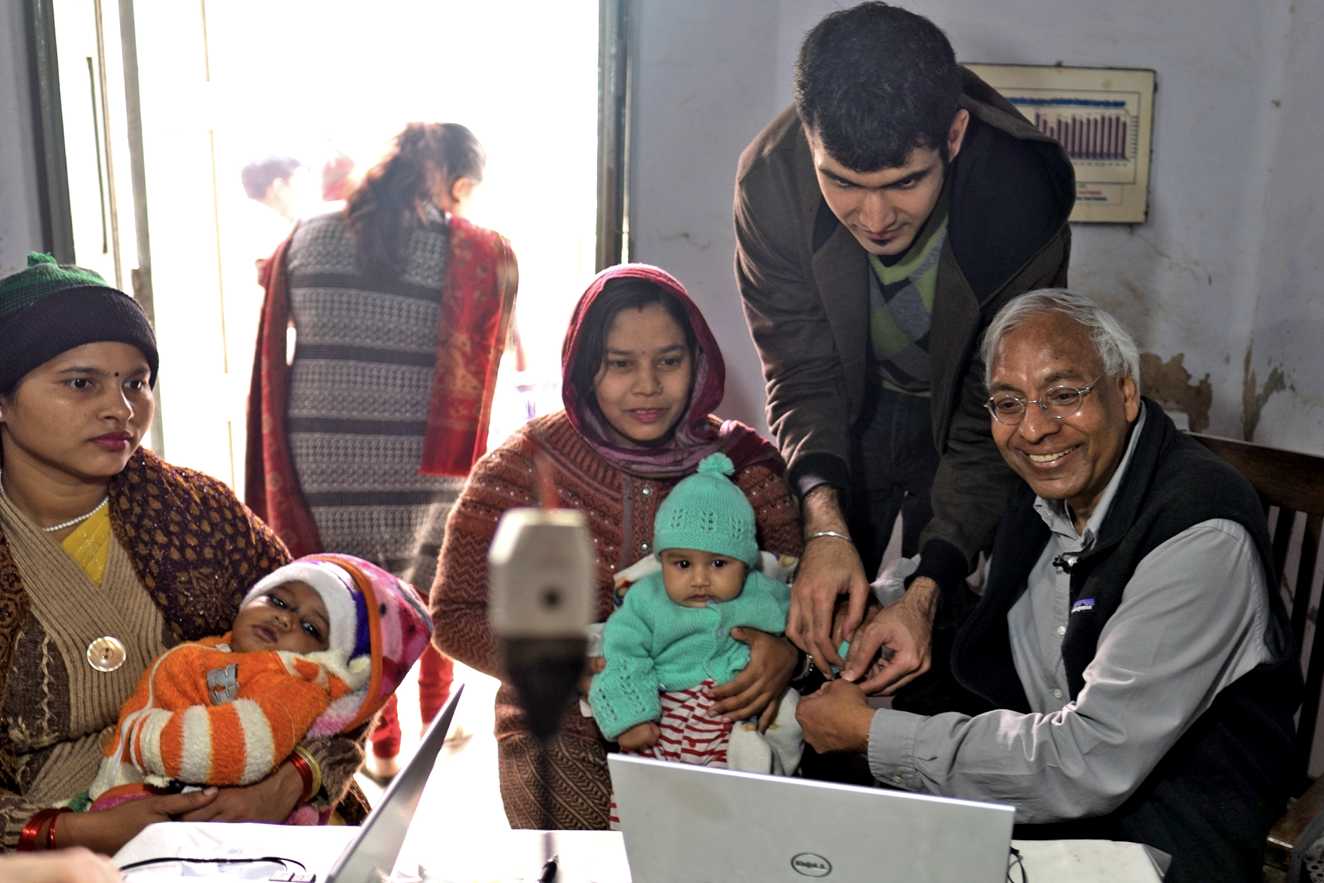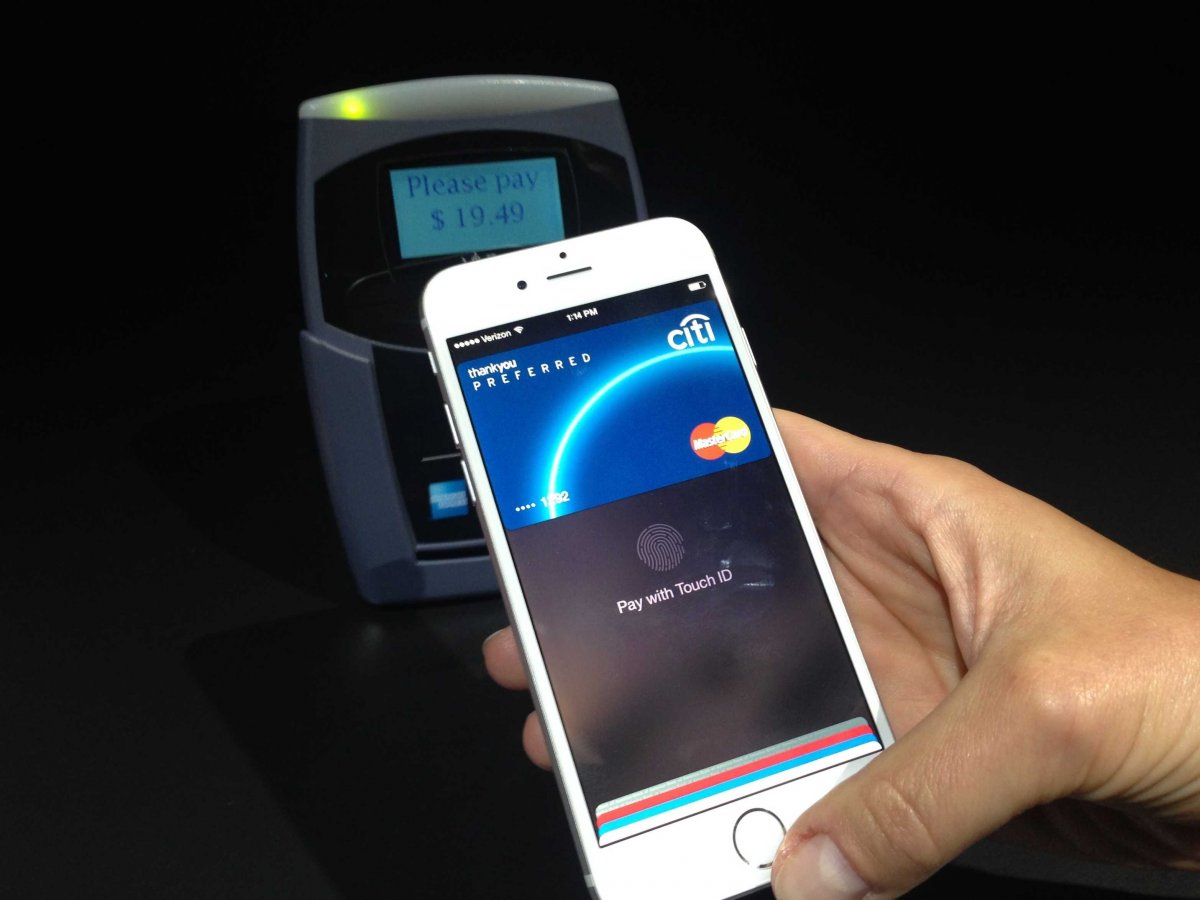| Department of Computer Science and Engineering |

|
Biometric recognition refers to the automated recognition of individuals based on their anatomical and behavioral characteristics such as fingerprint, face, iris, and voice. The first scientific paper on automated fingerprint matching was published by Mitchell Trauring in the journal Nature in 1963. Since the publication of Trauring's paper, significant progress has been achieved in biometric recognition over the past 50 years. This progress has enabled current state-of-the-art biometric systems to accurately recognize individuals based on biometric trait(s) acquired under controlled capture conditions from cooperative users. Compared to biometric recognition, traditional person recognition methods, involving ID cards and/or passwords, are not as reliable. Passwords can be easily guessed (the most common passwords include "password", "12345678" and "iloveyou". ID cards (e.g., driver license and passports) are often lost, stolen or forged. Biometric recognition, on the other hand, offers the following advantages over credentials (passwords and ID cards): (i) Users do not need to remember a password or carry an ID card, (ii) person to be recognized must be physically present at the point of identification, and (iii) biometric systems are much harder to foil and cannot be easily stolen. Biometric technology is now routinely used by financial institutions to prevent fraud, by citizens to secure their mobile phones, by the Department of Homeland Security to enhance border security, and by various countries (e.g., India's Aadhaar program) to provide a trusted national ID card. Despite this progress, a number of challenging issues continue to inhibit the full potential of biometrics to automatically recognize humans. One of the foremost challenges is the design of robust algorithms for representing and recognizing biometric data obtained from uncooperative subjects under unconstrained environmental conditions (e.g., recognizing faces in a crowd based on video feed from a surveillance camera). In addition, fundamental questions such as the distinctiveness and persistence of biometric traits have not been adequately addressed. Problems related to the security of biometric data and robustness of the biometric system against spoofing and obfuscation attacks also remain unsolved. Finally, larger system-level issues like usability, user privacy concerns, integration with the end application, and return on investment have not been adequately addressed. Unlocking the full potential of biometrics through inter-disciplinary research in the above areas will not only lead to widespread adoption of this promising technology, but will also result in wider user acceptance and societal impact. Applications Forensics One trigger for the systematic use of biometric traits to recognize a person in forensics was the enactment of the Habitual Criminals Act in 1869 by the British Parliament. This Act made it mandatory to maintain a register of all persons convicted of a crime in the United Kingdom along with appropriate evidences of identity. This register was used to identify repeat offenders, who were generally incarcerated with a higher degree of punishment compared to first-time offenders. Biometric recognition techniques have been used in forensic applications for over 100 years: they have aided criminal investigations, identified disaster victims, and helped to locate missing children. Biometric recognition systems can spare forensic investigators the time-consuming process of sorting through millions of fingerprint files by hand. In some applications, they can also provide a degree of accuracy that is difficult to achieve with the human eye. It is not, therefore, surprising that every forensic agency around the globe uses biometrics, in particular fingerprints, for criminal investigations. FBI's Next Generation Identification (NGI) will utilize multiple biometric traits (fingerprints, face, iris, palmprints and scars, marks and tattoos) for accurate person recognition. Government Forged or stolen government-issued identification cards (e.g., driver licenses and passports) are a common security problem all over the world. According to the United Kingdom's Identity and Passport Service, several hundred thousand U.K. passports are lost or stolen each year. A number of international airports have adopted iris, fingerprint, or face recognition systems to prevent individuals from entering a country using false credentials. In some facilities, biometric scans offer air travelers the convenience of expedited passenger check-in. Driver's licenses, ID cards, and passports are beginning to include biometric information as an extra security feature to foil the attempts by forgers. Commercial The need to protect personal information as well as to eliminate fraud has led to the deployment of biometric recognition systems in various enterprises. In the U.S. alone, identity theft and credit card fraud strike millions of consumers every year, with an estimated annual cost of several billion dollars. As personal and private data (e.g., medical history, credit card information, vital statistics) is being increasingly stored in electronic form, biometric recognition can add an extra layer of security to traditional password-based systems or replace them altogether. Advances in biometric sensing and recognition and processor technologies have enabled deployment of low-cost, compact sensors, in laptops, mobile phones, bank ATMs, , and even at Walt Disney park turnstiles.
Biometric recognition systems Biometric recognition systems require body traits that are unique to each individual and do not change over time. The most popular traits used in biometric systems are fingerprint, face, and iris ecause of their demonstrated recognition accuracy in a large number of applications with large application. Other traits that have found limited applications include palmprints, teeth and oral structures, voice patterns, gait patterns, and even "soft" biometric characteristics like scars, marks and tattoos. Multimodal biometric systems Most biometric systems utilize a single body trait for recognition. They are referred to as unimodal biometric systems. Multimodal biometric systems, on the other hand, rely on more than one body trait for person recognition. For example, a biometric system might use both fingerprint and face biometrics to provide strong authentication of a person's identity. This approach, also known as multi-biometrics, can enhance security and/or overcome difficulties when some users "fail to enroll" for specific biometric trait. In addition to utilizing multiple body traits (e.g., fingerprints and iris in India's Aadhaar program), multi-biometric recognition systems can also use (i) multiple representation and matching methods for the same trait (e.g., a fingerprint recognized with two different matching systems) or multiple occurrences of a trait (e.g., tenprints in law enforcement and forensics). Verification versus identification There are two types of recognition approaches used in biometric systems: verification or identification. Identification is also referred to as search for a query in a large database. Biometric verification confirms whether a person is "who they claim to be". It is a 1:1 match or no-match scenario where the authors claimed identity is confirmed or denied based on biometric comparison. Identification or search is more difficult because there is either no claimed identity or the claimed identity cannot be trusted. The recognizition system must therefore search the entire database (with N subjects) to determine if the person was enrolled in the biometric database (1:N matching scenario). Advantages over ID cards and passwords Compared to biometric identification, traditional methods involving only ID cards or passwords are not as reliable. Passwords can be lost or stolen and ID cards can be forged. Biometric recognition offers the following advantages:
How does biometric recognition work? A biometric recognition system is essentially a pattern recognition system that senses a biometric trait, extracts a feature representation and then compares it with stored representations, called templates, to recognize the input pattern. This recognition process involves two main stages.
Enrollment During enrollment, a user's biometric trait is captured with appropriate sensor(s). The sensed measurements are processed to extract a representation, called a template that is stored in the biometric database. This database can be either centralized (e.g., in forensics) or stored in a device carried by the user (e.g., mobile phones). Template protection is one of major challenges in biometric. Recognition During recognition, a sensor similar to that used during enrollment captures the biometric trait. The trait is then analyzed to extract a template as in enrollment stage. A comparison algorithm computes the similarity between input template with template(s) stored in the database. If the similarity exceeds a predetermined threshold then the user is said to be recognized. The threshod is selected based on the desired recognition performance in terms of True Accept Rate (TAR) and False Accept Rate (FAR). Further reading A. K. Jain, K. Nandakumar, A. Ross, "50 years of Biometric Research: Accomplishments, Challenges, and Opportunities", Pattern Recognition Letters, Volume 79, Pages 80-105, ISSN 0167-8655, August 2016. S. Z. Li and A. K. Jain (eds.), Encyclopedia of Biometrics, Second Edition, Springer, 2015. A. K. Jain and A. Ross, "Bridging the Gap: From Biometrics to Forensics", Philosophical Transactions of The Royal Society B, Vol. 370, No. 1674, August 2015. K. Nandakumar and A. K. Jain, "Biometric Template Protection Schemes: Bridging the Performance Gap Between Theory and Practice", IEEE Signal Processing Magazine, Vol. 32, No. 5, pp. 88-100, September 2015. A. K. Jain, A. Ross, and K. Nandakumar, Introduction to Biometrics, Springer, 2011.S. Z. Li and A.K. Jain, Handbook of Face Recognition, Second Edition, Springer, 2011. D. Maltoni, D. Maio, A. K. Jain, and S. Prabhakar, Handbook of Fingerprint Recognition, Second Edition, Springer, 2009. A. K. Jain, P. Flynn, A. Ross, Handbook of Biometrics, Springer, 2007. A. K. Jain, "Biometric recognition: Q&A", Nature, Vol. 449, pp. 38-40, Sept. 6, 2007. A. Ross, K. Nandakumar and A.K. Jain, Handbook of Multibiometrics, Springer, 2006. A. K. Jain and S. Pankanti, "A Touch of Money", IEEE Spectrum, vol. 43, no. 7, pp. 22-27, July 2006. A. K. Jain, A. Ross, and S. Prabhakar, "An Introduction to Biometric Recognition", IEEE Trans. on Circuits and Systems for Video Technology, Special Issue on Image- and Video-Based Biometrics, vol. 14, no. 1, pp. 4-20, January 2004. A. K. Jain and A. Ross, "Multibiometric Systems", Comm. ACM, vol. 47, no. 1, pp. 34-40, January 2004. A. K. Jain, L. Hong, and S. Pankanti, "Biometric Identification", Comm. ACM, vol. 43, no. 2, pp. 90-98, February 2000. |

